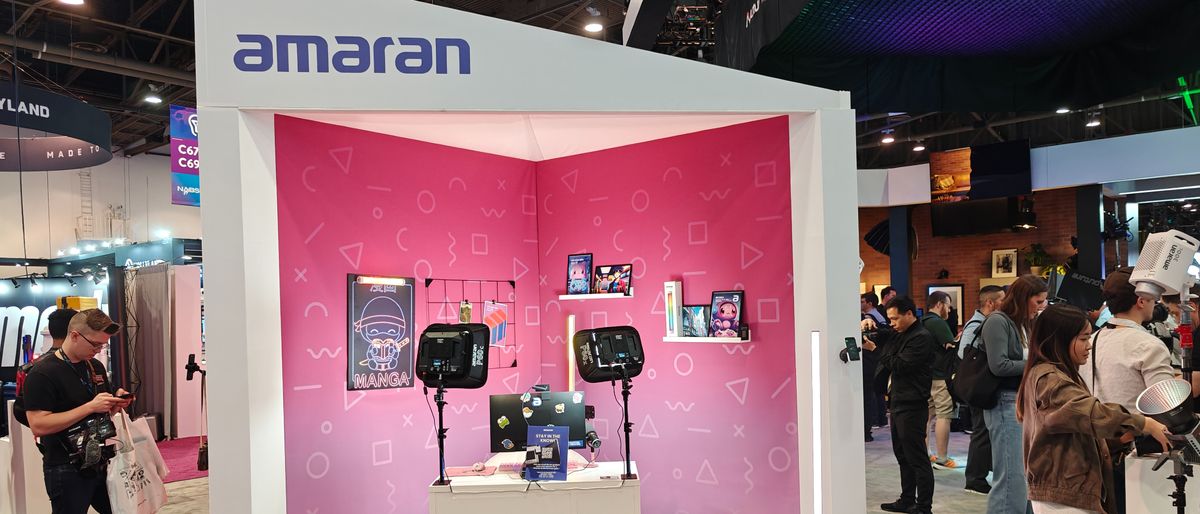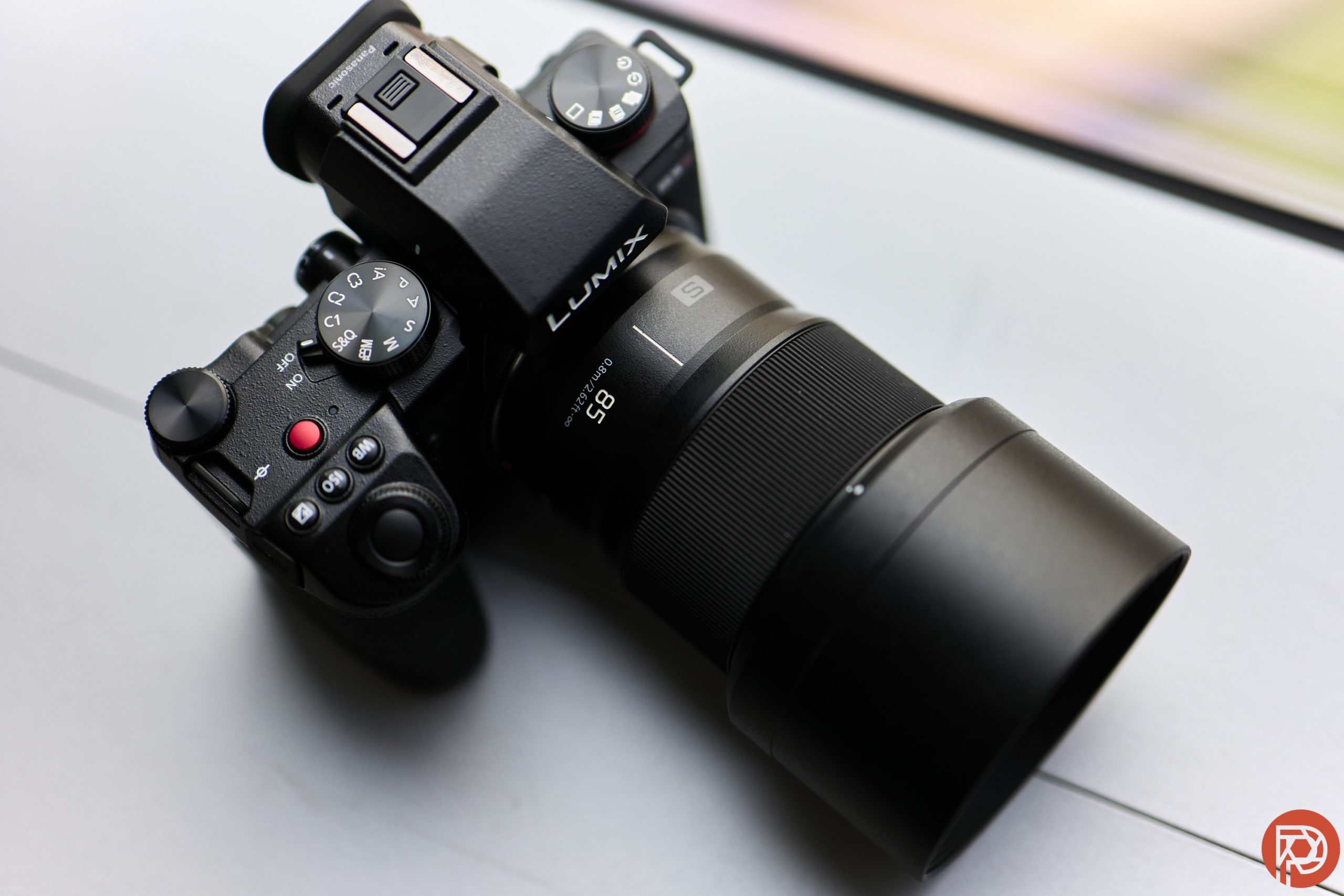
TAIPEI—At Computex 2024 a few weeks ago, we spent our annual hour with expert PC case and power manufacturer SilverStone. In the more than a dozen years we’ve met up with the company, it has never failed to impress with a bank of exceptionally designed PC cases, coolers, and gadgets for PC DIY. Its product designers are always on point for the current moment in the desktop world. That was true at the 2024 show, once again. But this year, the company also showed off a welcome throwback to a bygone era of desktop PCs.Our video above outlines its three top offerings from the show: two highly notable PC chassis for up-to-the-minute workstations, and a nifty, modernized home theater PC (HTPC) chassis from its long-running Crown line for hard-core HTPC holdouts.Alta Gains Two New PeaksFirst, the current stuff. The company’s two new Alta workstation cases are flagship-priced, premium models meant for high-altitude builds and budgets. (See our review from last summer of the ultra-elite Alta F2.) Their common theme, though, is extreme flexibility for stacked configurations. And AI is part of that story.For years, PC cases have morphed to accommodate a single whopper of a video card, following the lead of Nvidia and its increasingly mammoth high-end cards. GPUs have been moving away from multi-card CrossFireX, SLI, and NVLink for some time now among most consumers and content creators. But now, with local AI processing emerging as a desktop use case, configs with multiple high-end cards are back, though used not for gaming but for GPU-powered inferencing, model training, machine learning, and other demanding AI tasks.That means a growing demand for PC cases with room once again for multi-card configs, as well as options for multiple or redundant power supplies, and adequate cooling to keep a constantly running, heavily taxed PC in check.
(Credit: John Burek)
Enter the Altas. The Alta T1, derived from the company’s Temjin line (specifically the well-regarded TJ07), is a unibody design made from a long strip of aluminum that makes up the top, bottom, and front and rear faces. The bends in the metal enable a seamless, ultra-premium look, but this case is about far more than just slick aesthetics.
(Credit: John Burek)
(Credit: John Burek)
It will take the largest motherboards (up to SSI-EEB 12-by-13-inch models) with up to eight PCIe slots. You get three 420mm radiator mounts and support for dual PSUs. The flexibility of mounting hardware here, along with a removable motherboard tray, is complex; check out the video up top for a demonstration of the T1’s many possible permutations.
(Credit: John Burek)
(Credit: John Burek)
Permutations, though, are really the name of the game with the very different Alta D1. This case is more of an industrial, function-first design, but with the crucial set-apart aspect, given its capacity, that it takes up much less of a footprint than you’d expect.
(Credit: John Burek)
(Credit: John Burek)
This may be the most flexible and modular PC case we’ve seen in recent years, or close to it. Module bays at the front and rear allow for interchangeable mounting of blocks of hard drives, SSDs, power supplies, and even optical drives.
(Credit: John Burek)
(Credit: John Burek)
You can situate the modules in the position that makes the most sense for your component mix. And, like with the T1, you get a removable motherboard tray for old-school ease of installation. We were especially impressed with the ability to slide and lock radiators and other hardware with minimal effort to try different mounting locations.
(Credit: John Burek)
(Credit: John Burek)
Again, check out the video up top for a detailed demonstration of how the various parts of the Alta D1 slide in and out. It’ll give you an idea of this case’s extreme adaptability. The physical metalwork and engineering are impressive indeed.
Recommended by Our Editors
Crown Royal: The HTPC Case Makes a ComebackThen there’s the new HTPC case. SilverStone’s Crown series has long hosted the company’s distinctive, horizontal-design home theater PC models. The company hadn’t innovated beyond its CW03 from more than a decade ago, leaving the Crown series dormant. So the coming of the CW04 was a pleasant surprise, given that most PC case makers have given up on the HTPC market.
(Credit: John Burek)
A similar stereo-receiver design to earlier models, the Crown CW04 is designed to blend into a home entertainment media center alongside your old-school stereo components. Because graphics cards have bloomed in size since the last CW case hit the street, the CW04 is taller than past models to accommodate power connectors like the Nvidia 12VHPWR that may stand up, inflexibly, from the top of a card.
(Credit: John Burek)
The CW04 has a slick drop-down panel that covers the few front-accessible ports, with a spring-dampened, smooth opening movement. It also has a switch that lets you dim or turn off the front panel’s power/activity LEDs in your darkened media cave or living room.
(Credit: John Burek)
The front panel is a solid face, with copious ventilation on the left, right, and top faces. A bracket that runs from front to back can host a 360mm radiator.
(Credit: John Burek)
The case measures 9.2 inches high and has a footprint of 17.3 by 17.5 inches. Pricing and availability will be announced soon. The video up top also gives a visual tour of the CW04.
Get Our Best Stories!
Sign up for What’s New Now to get our top stories delivered to your inbox every morning.
This newsletter may contain advertising, deals, or affiliate links. Subscribing to a newsletter indicates your consent to our Terms of Use and Privacy Policy. You may unsubscribe from the newsletters at any time.






